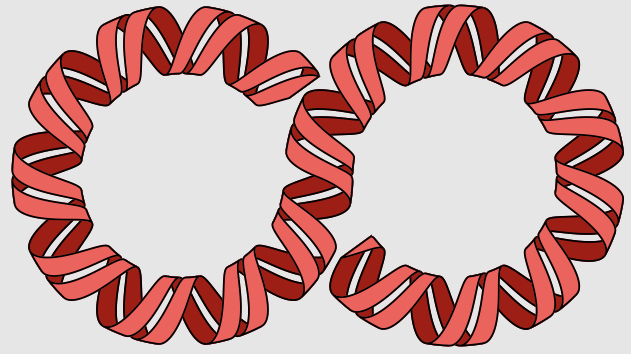We investigate the recently proposed class of chaotic inflation models in supergravity with an arbitrary inflaton potential V(\phi). These models are extended to include matter fields in the visible sector and we employ a mechanism of supersymmetry breaking based on a particular phenomenological version of the KKLT mechanism (the KL model). We describe specific features of reheating in this class of models and show how one can solve the cosmological moduli and gravitino problems in this context.
Publications
2011
Supersymmetric QED hydrogen-like bound states are remarkably similar to nonsupersymmetric hydrogen, including an accidental degeneracy of the fine structure and is broken by the Lamb shift. This article classifies the states, calculates the leading order spectrum, and illustrates the results in several limits. The relation to other nonrelativistic bound states is explored.
We describe a way to construct supergravity models with an arbitrary inflaton potential V(\phi) and show that all other scalar fields in this class of models can be stabilized at the inflationary trajectory by a proper choice of the Kähler potential.
Theories of dark matter that support bound states are an intriguing possibility for the identity of the missing mass of the Universe. This article proposes a class of models of supersymmetric composite dark matter where the interactions with the Standard Model communicate supersymmetry breaking to the dark sector. In these models, supersymmetry breaking can be treated as a perturbation on the spectrum of bound states. Using a general formalism, the spectrum with leading supersymmetry effects is computed without specifying the details of the binding dynamics. The interactions of the composite states with the Standard Model are computed, and several benchmark models are described. General features of nonrelativistic supersymmetric bound states are emphasized.
2009
We present the explicit expressions in Script N= 8 supergravity for the bosonic 4-particle tree and 1-loop amplitudes including vectors and scalars. We also present the candidate 4-point UV divergences in a form of helicity amplitudes, corresponding to 3-loop manifestly Script N= 8 supersymmetric and Lorentz covariant counterterm. This may shed some light on the 3-loop finiteness of Script N= 8 SG and on a conjectured higher loop finiteness. We perform a supersymmetric deformation to complex momentum of the 4-point generating function including higher-loop counterterms and the 1-loop UV finite amplitudes. Using the explicit form of the scalar part of the 3-loop counterterm and of the 1-loop UV finite scalar 4-point amplitudes we find that they both have an unbroken E (7, 7) symmetry. We derive from E (7, 7) symmetry the low-energy theorem for the 1-loop n-point amplitudes.

